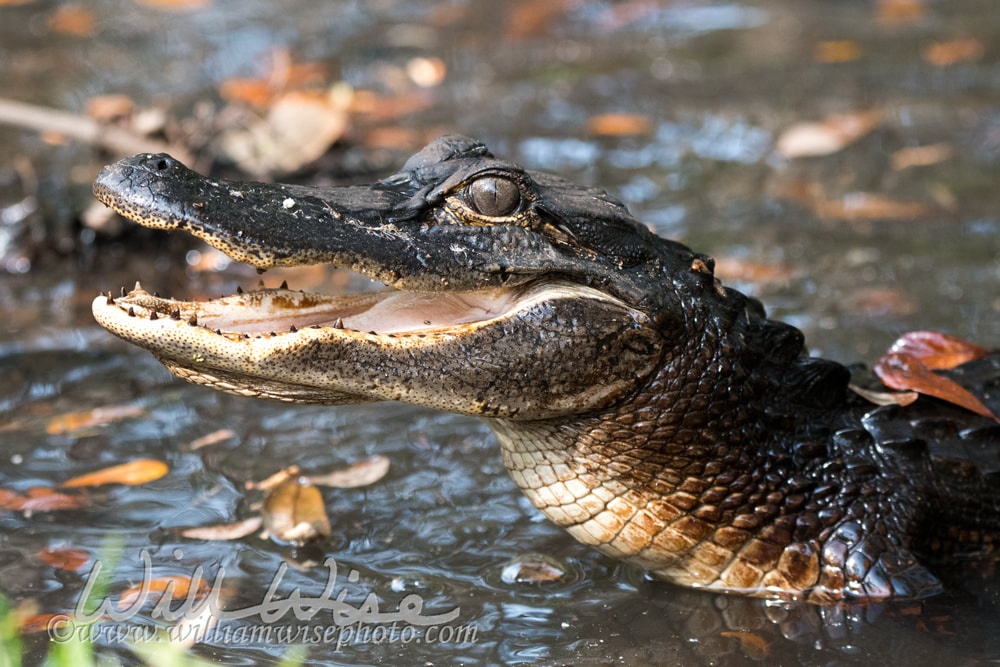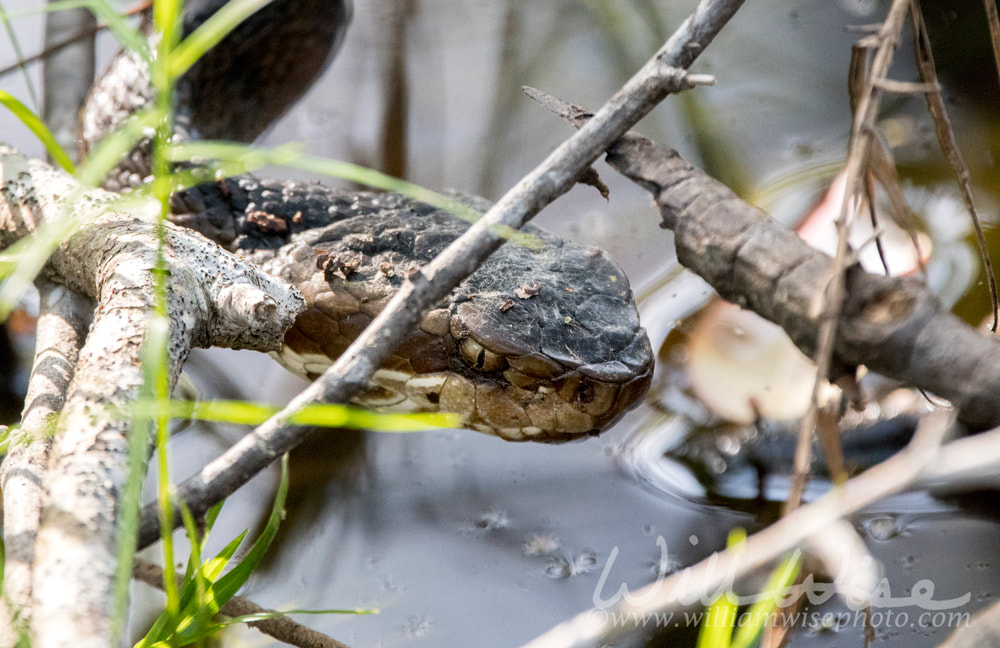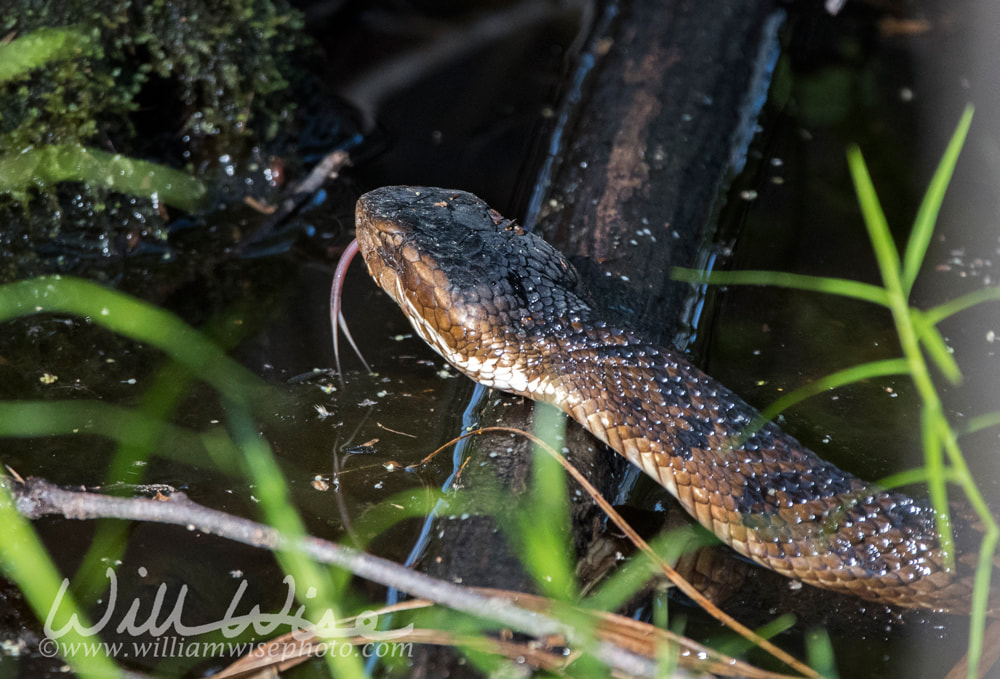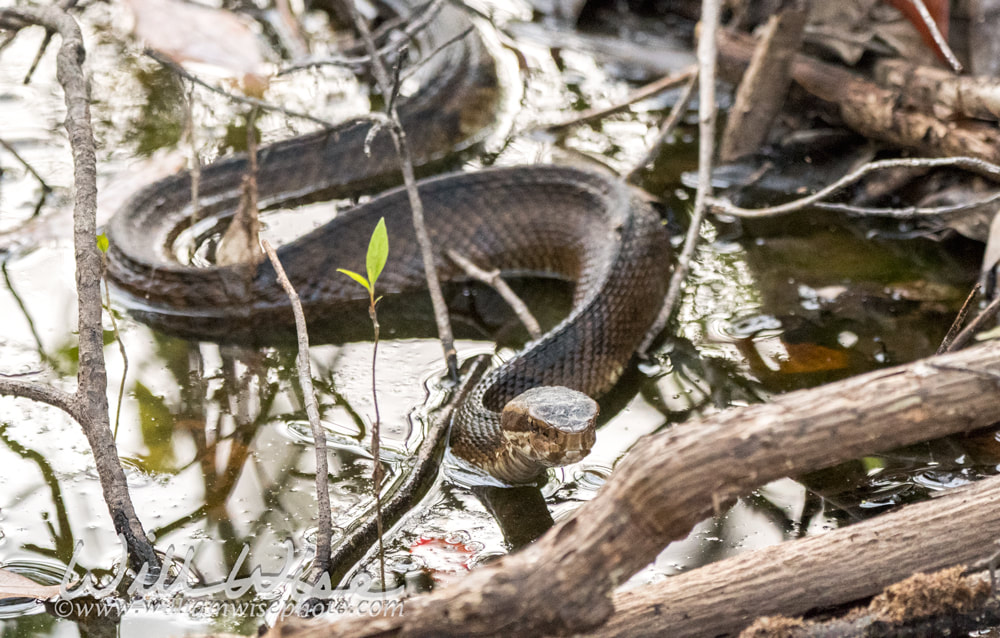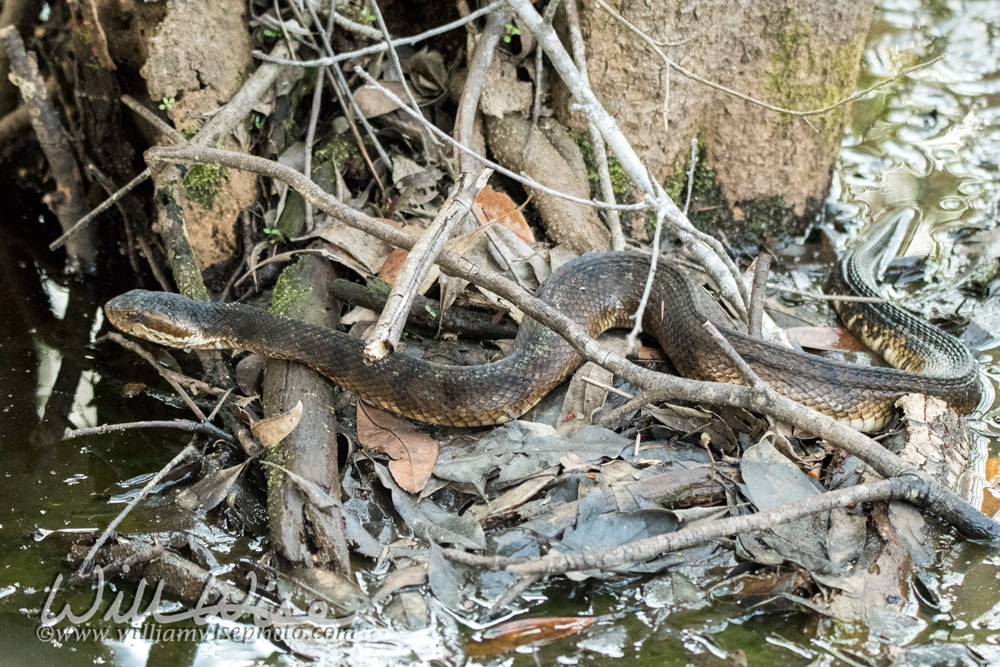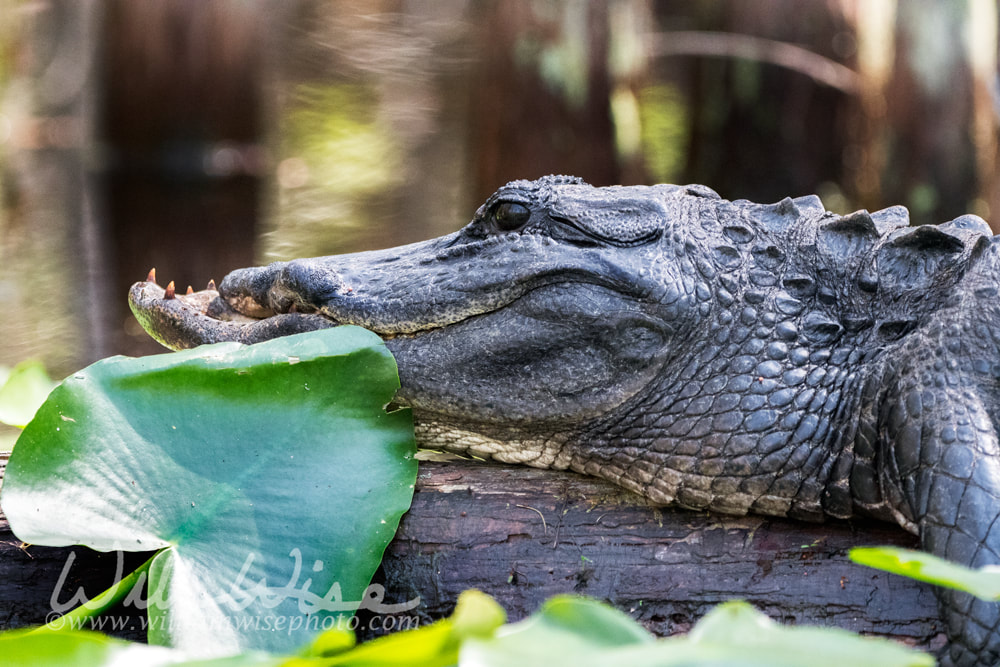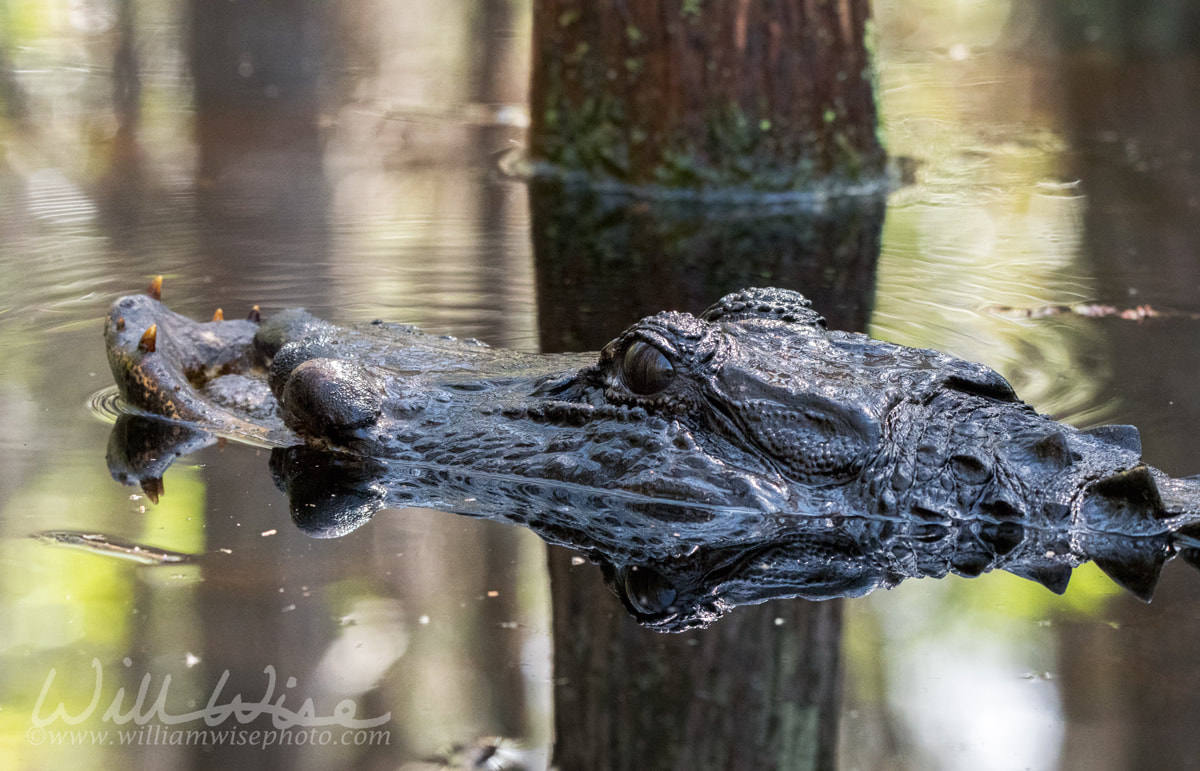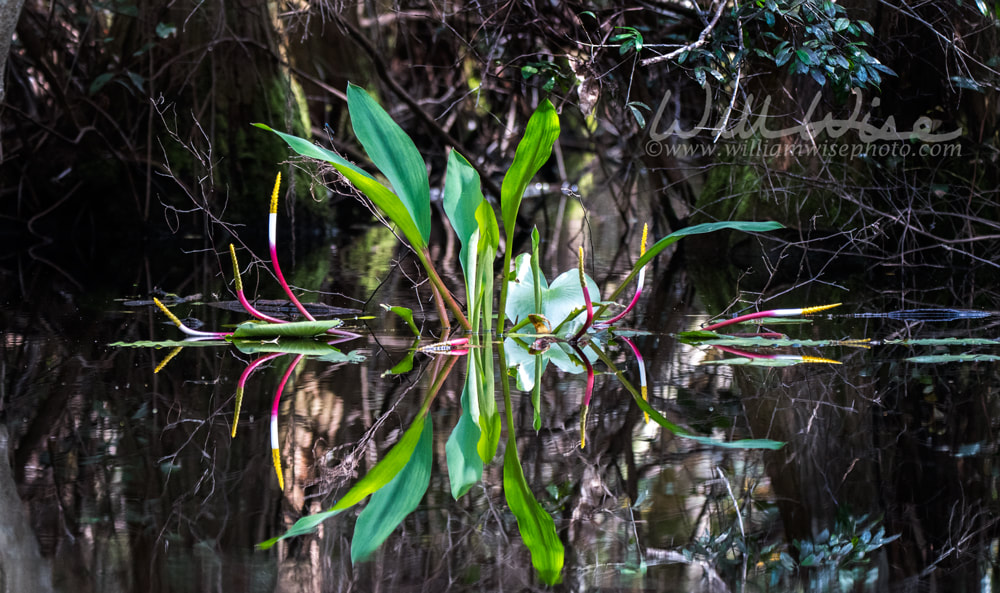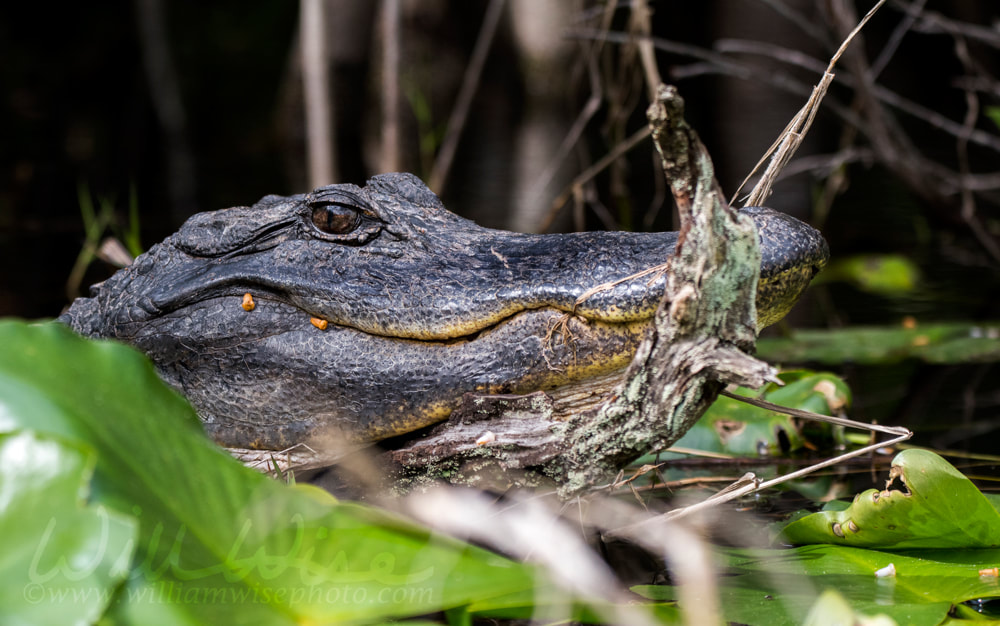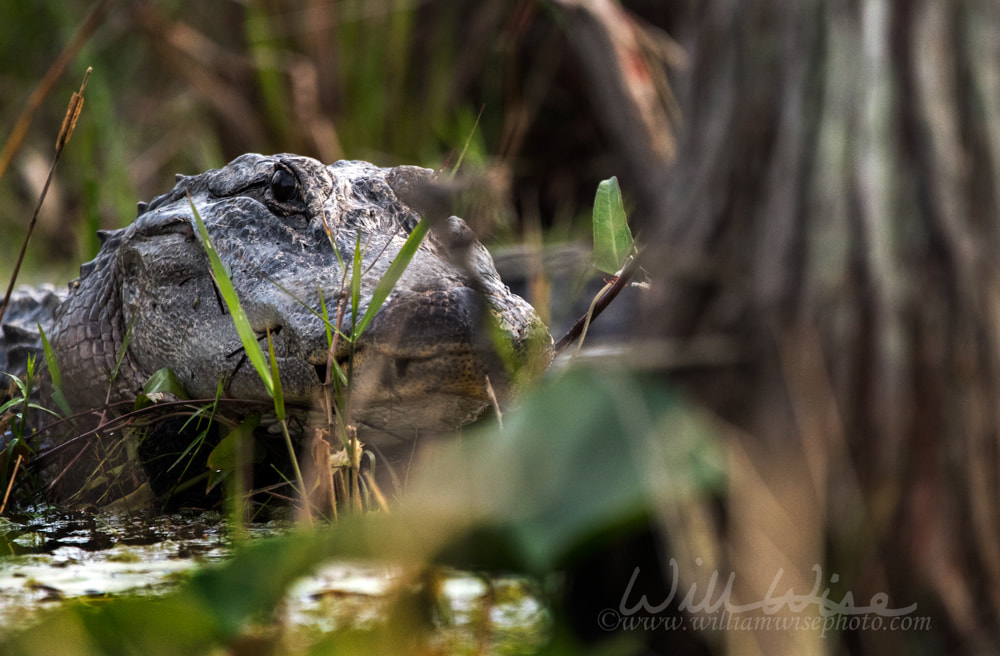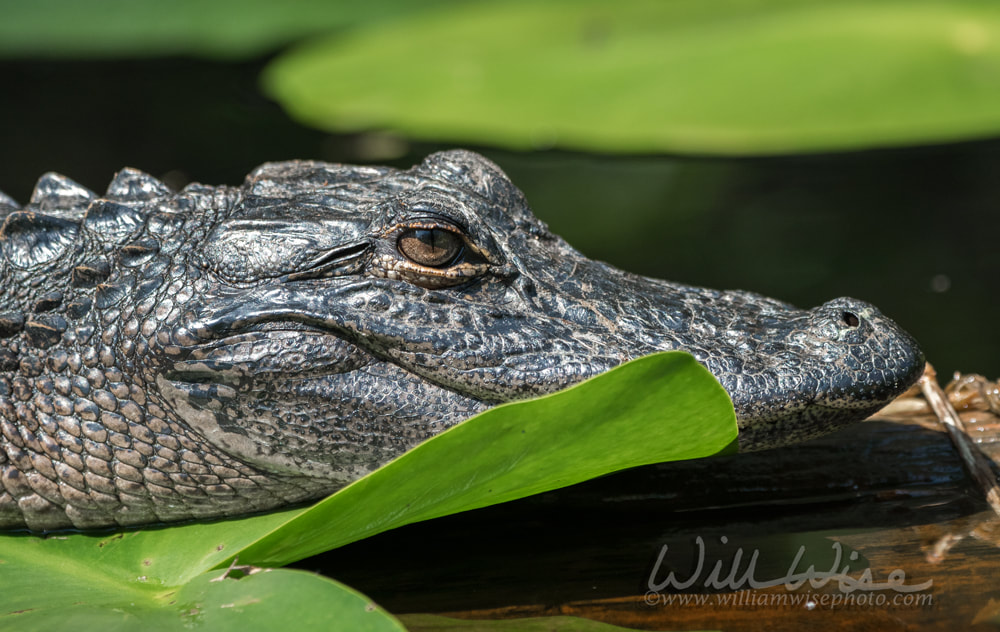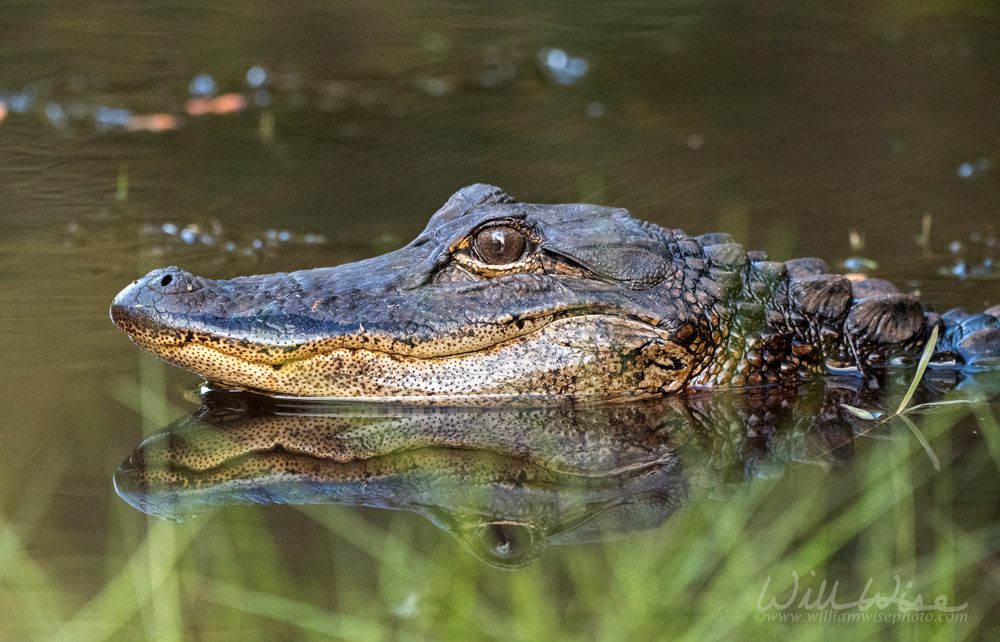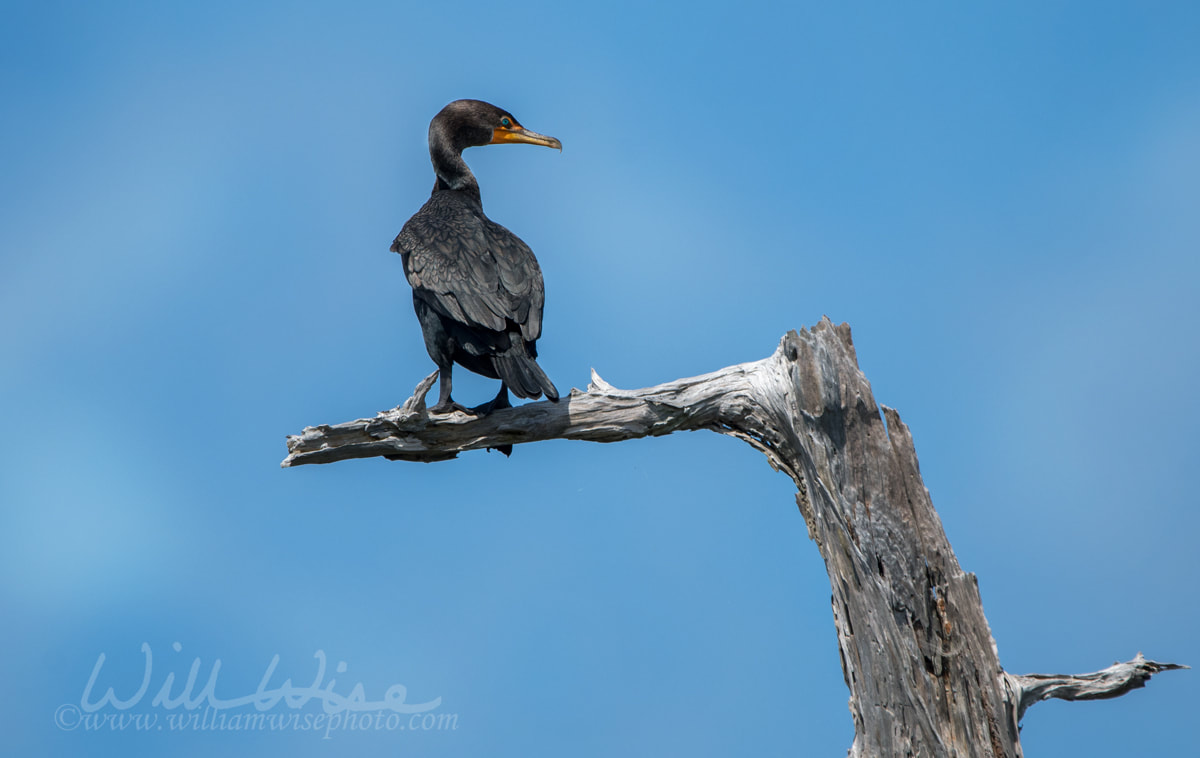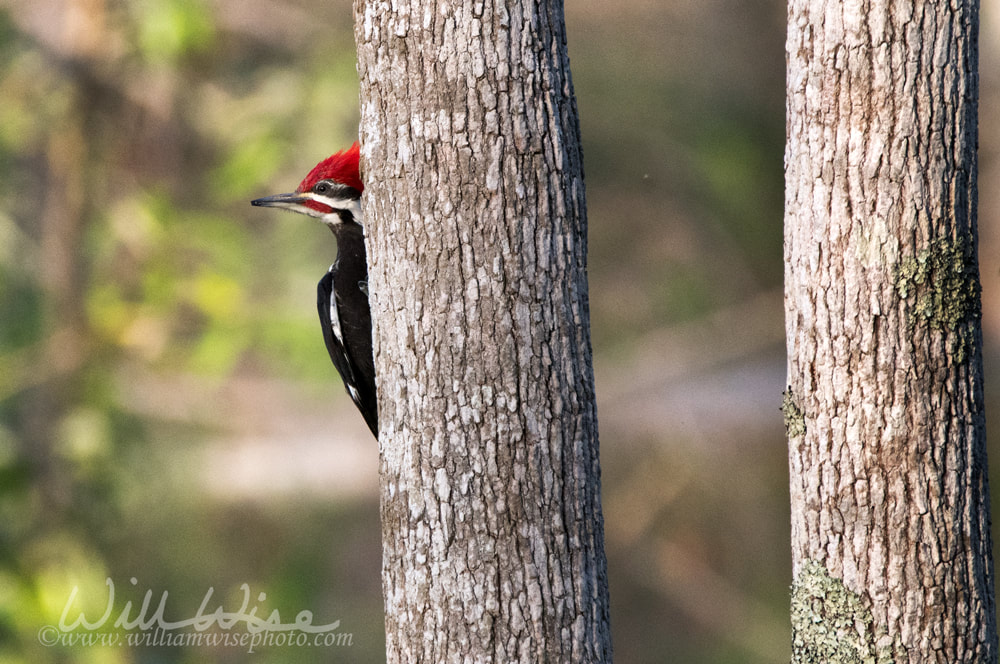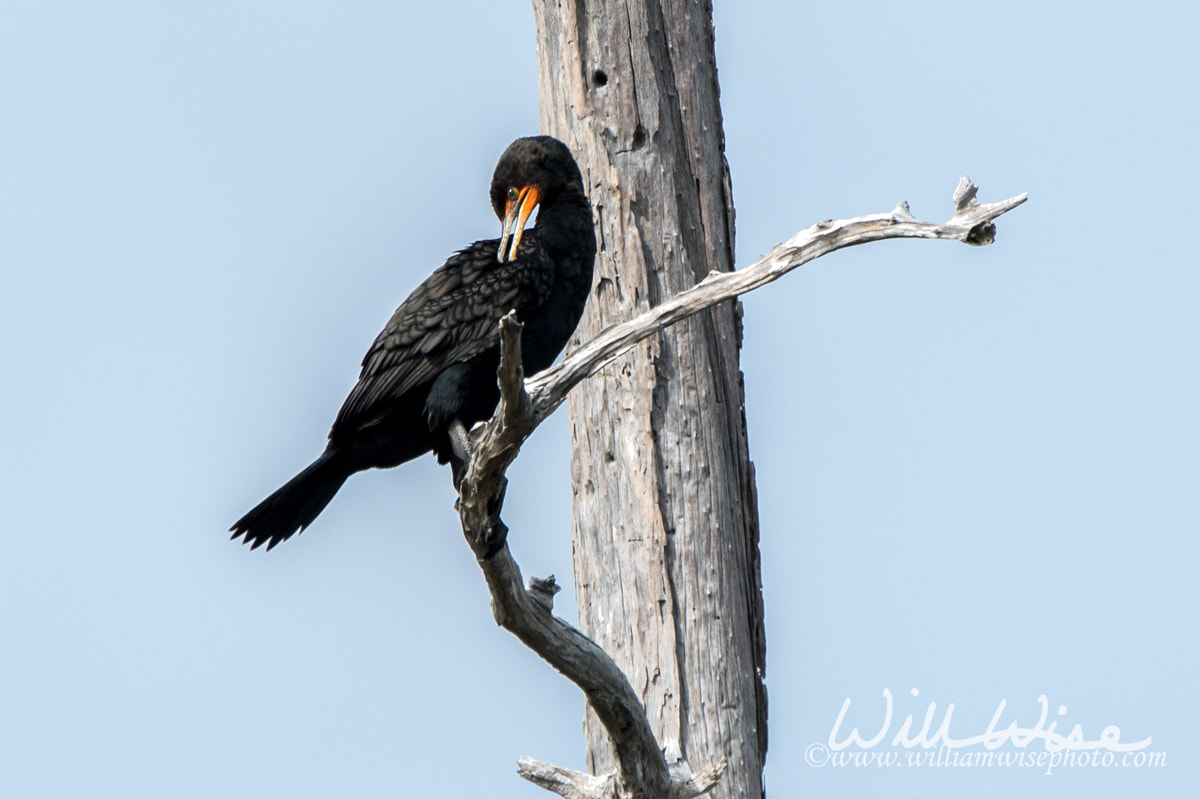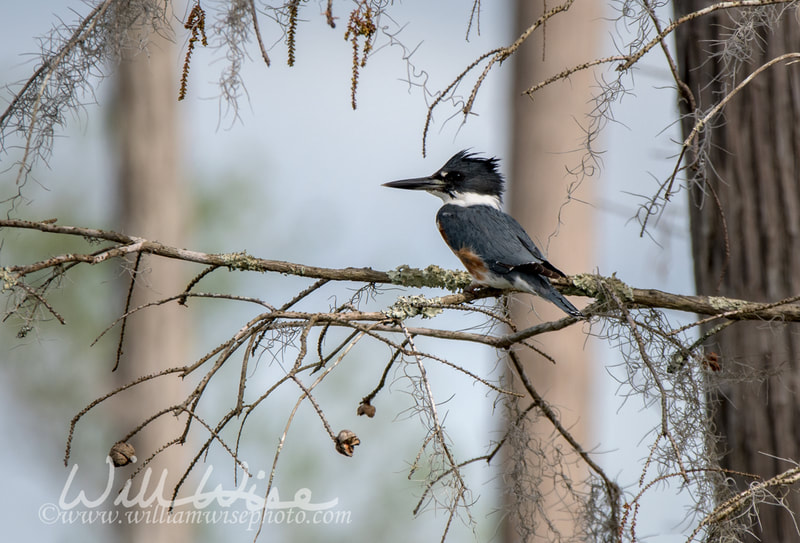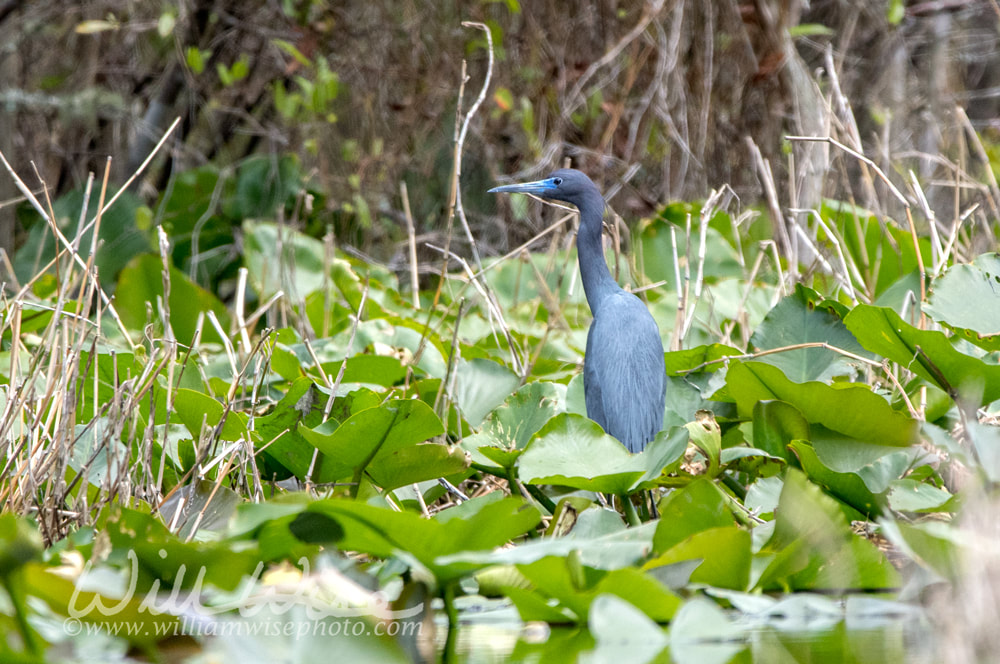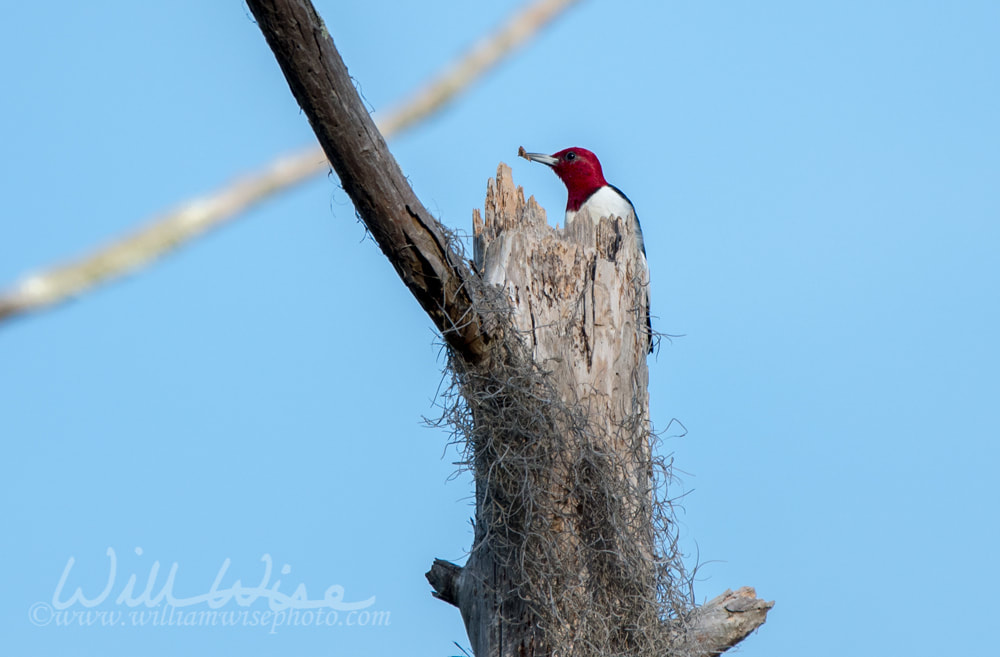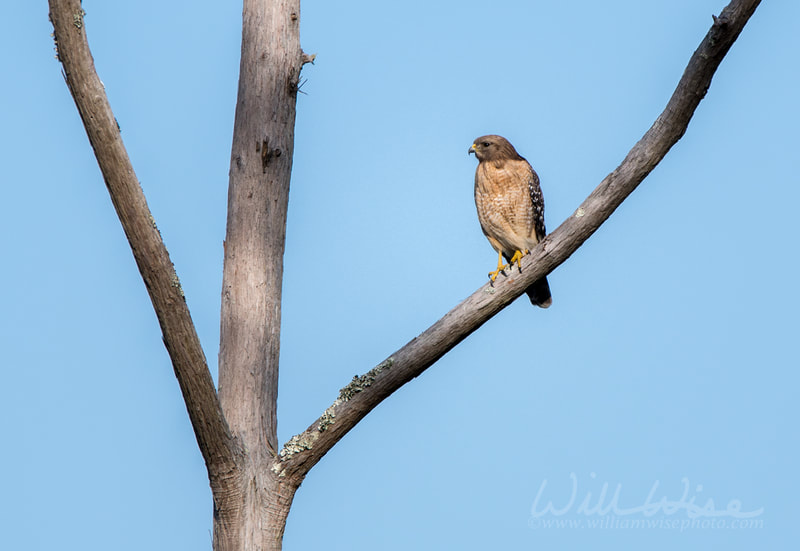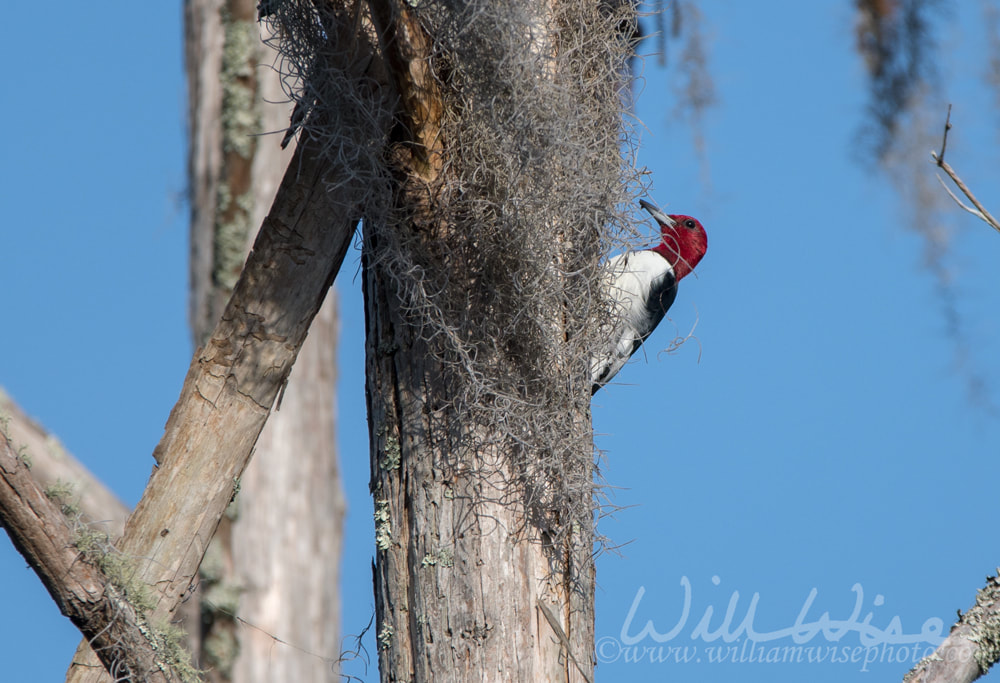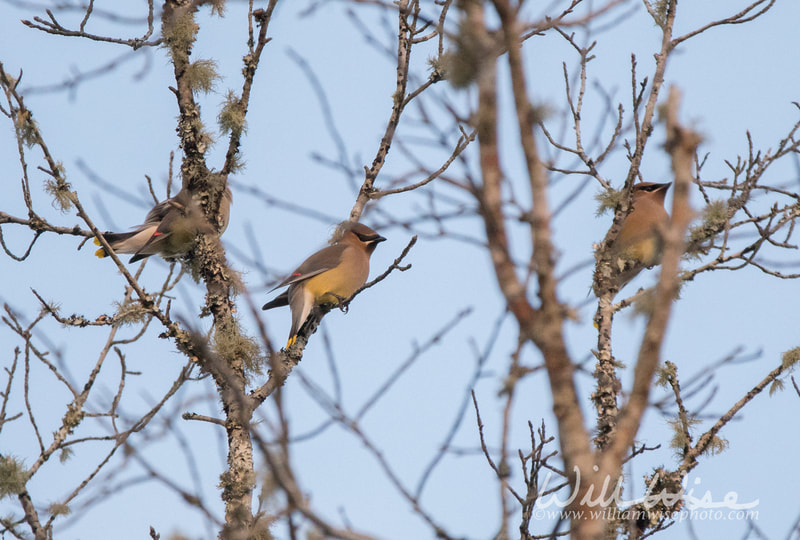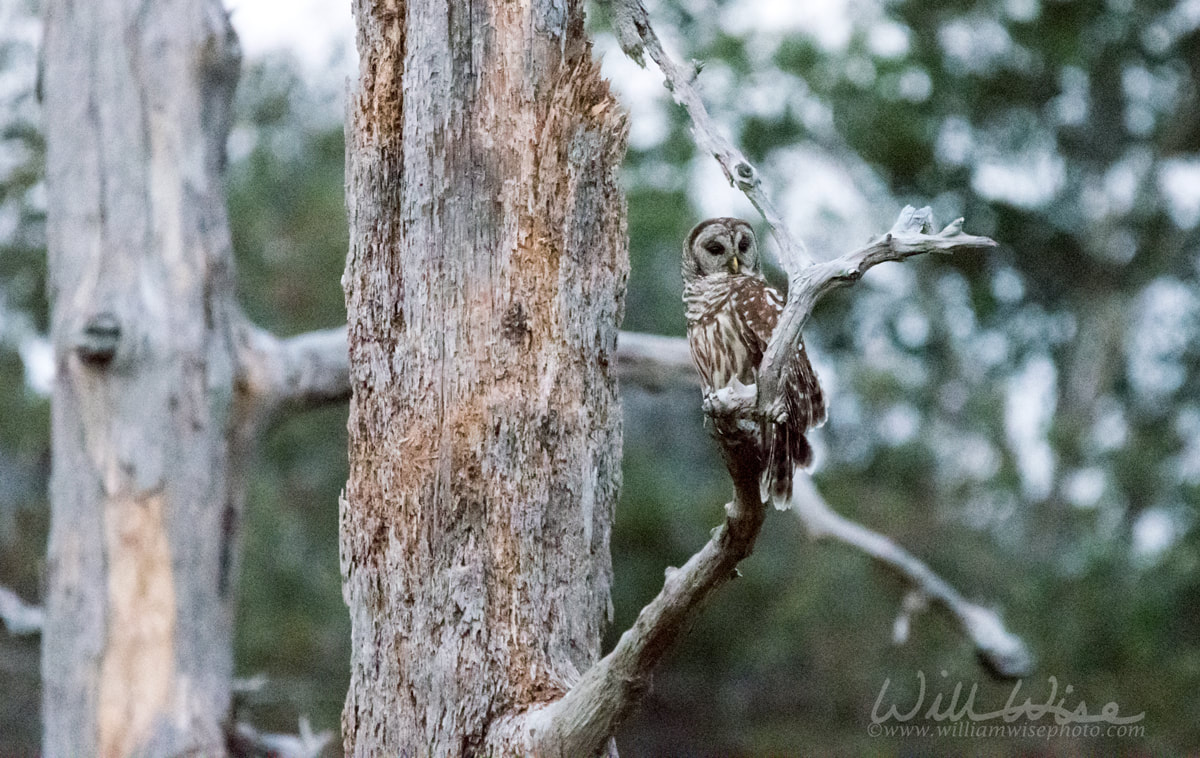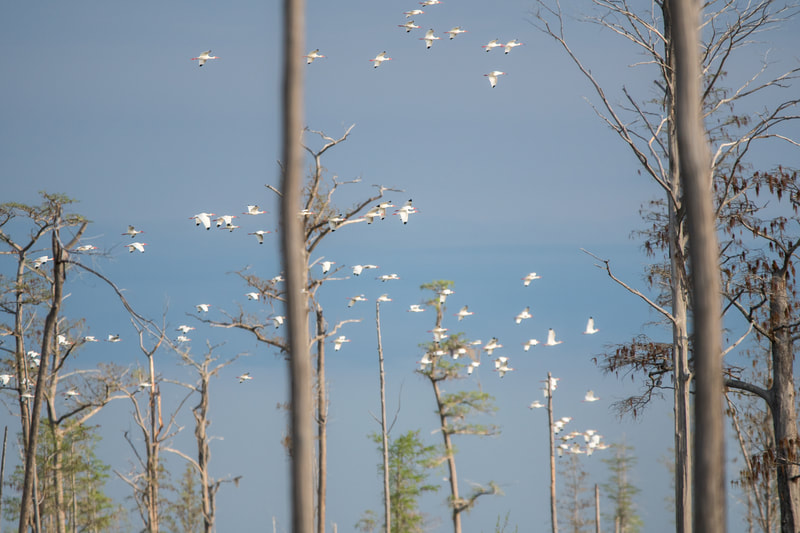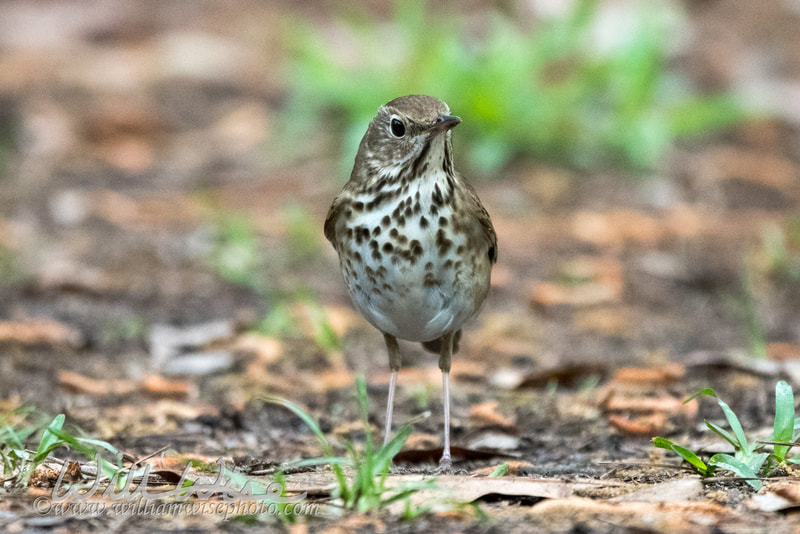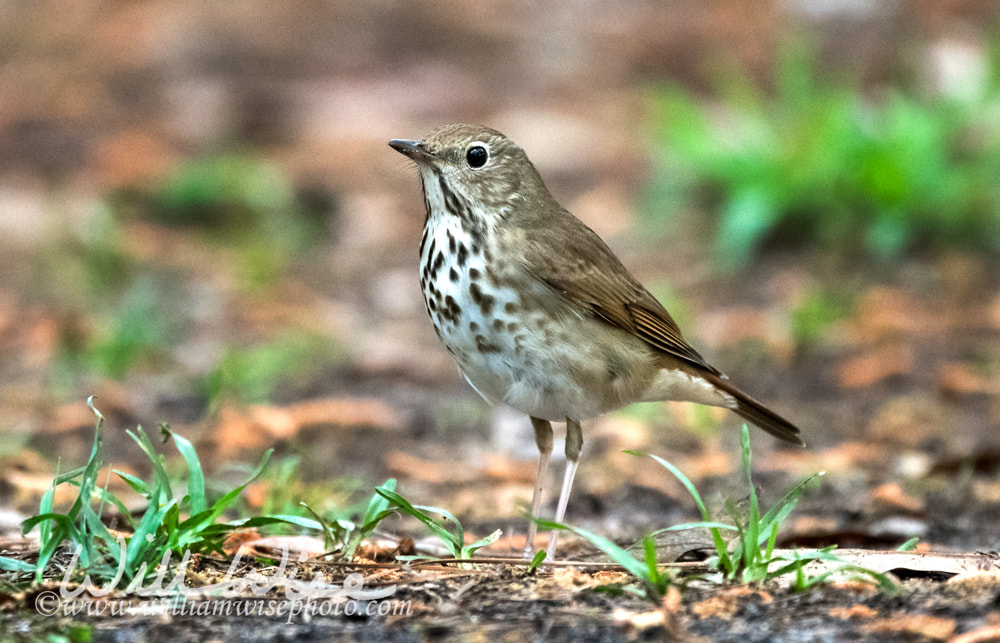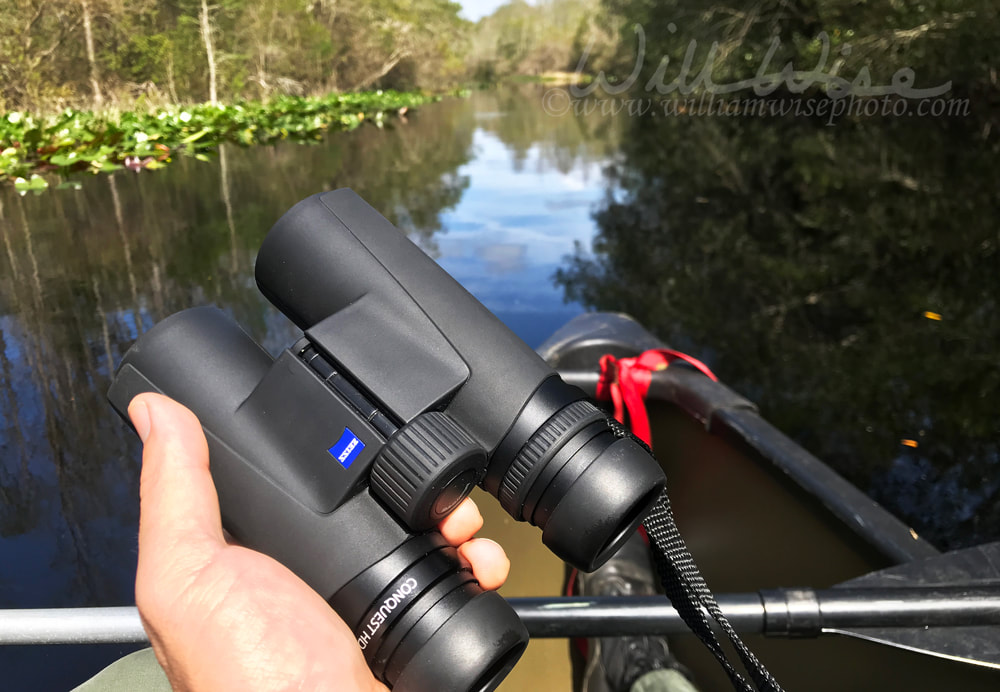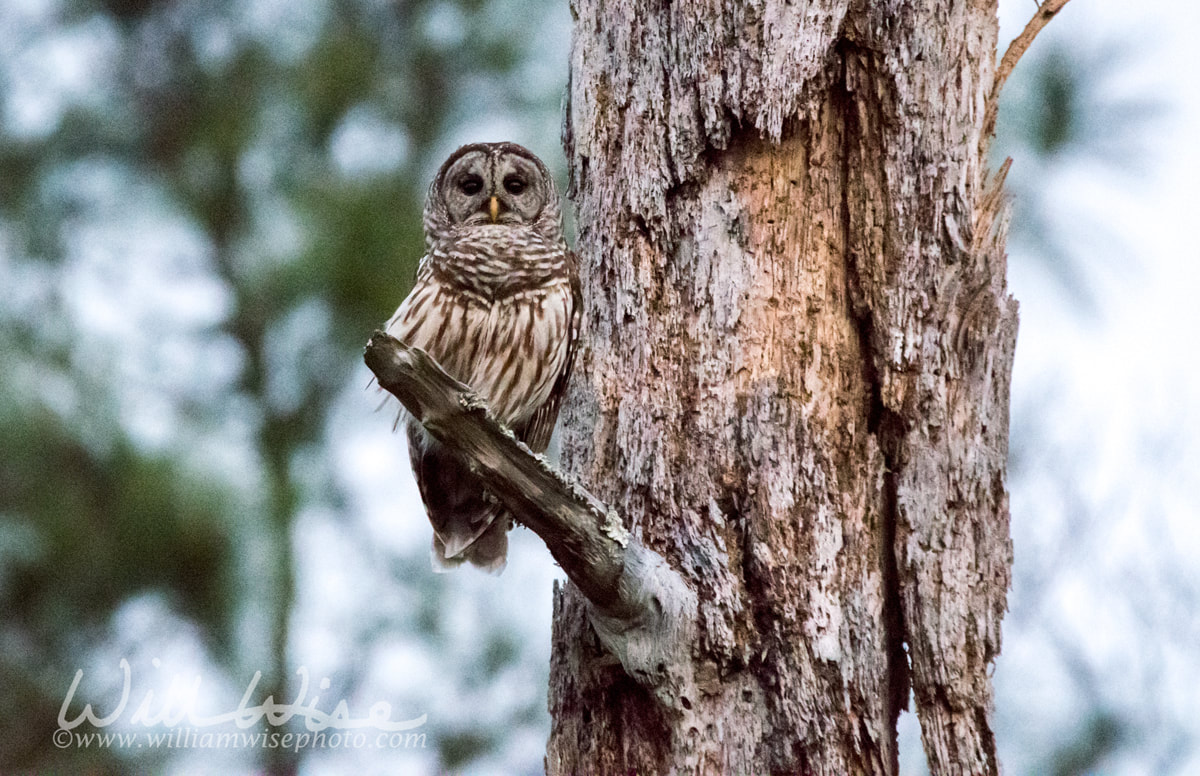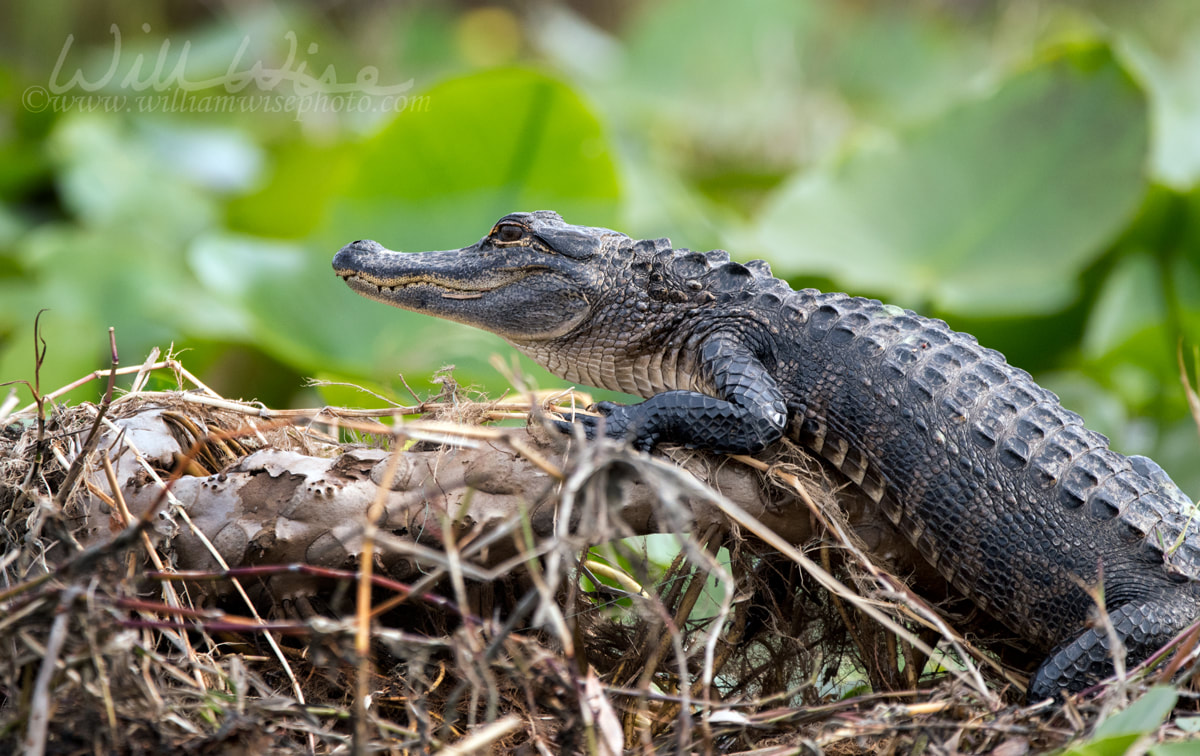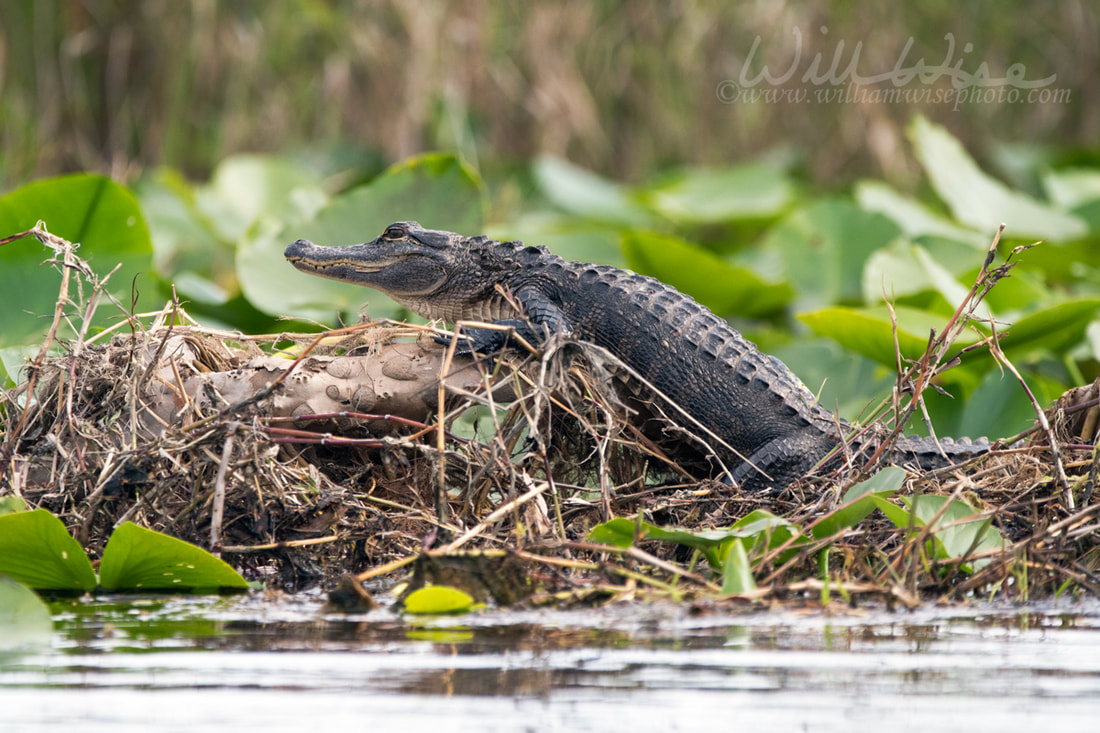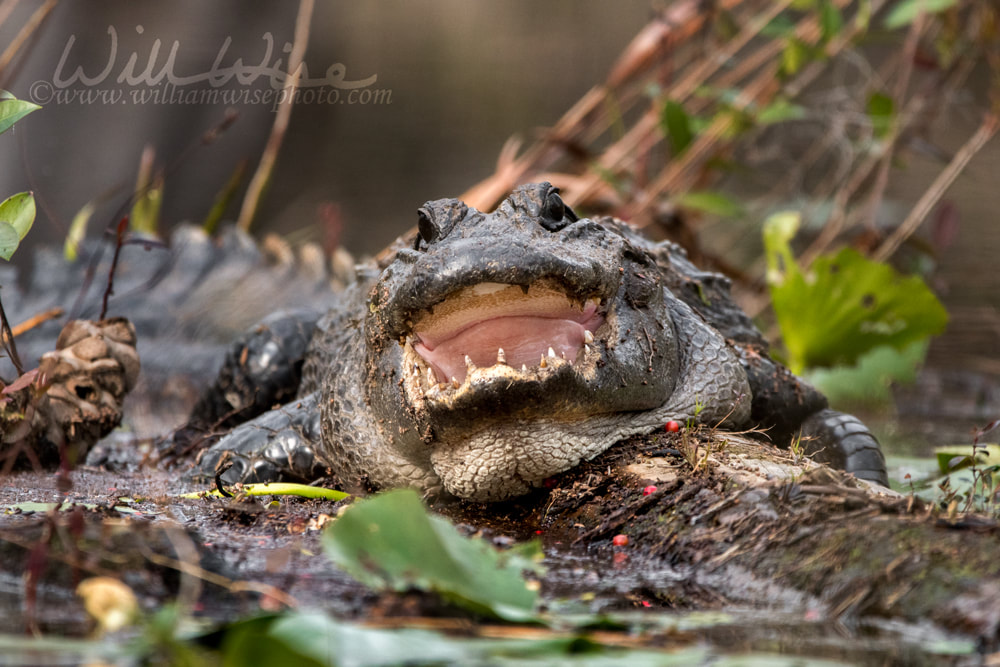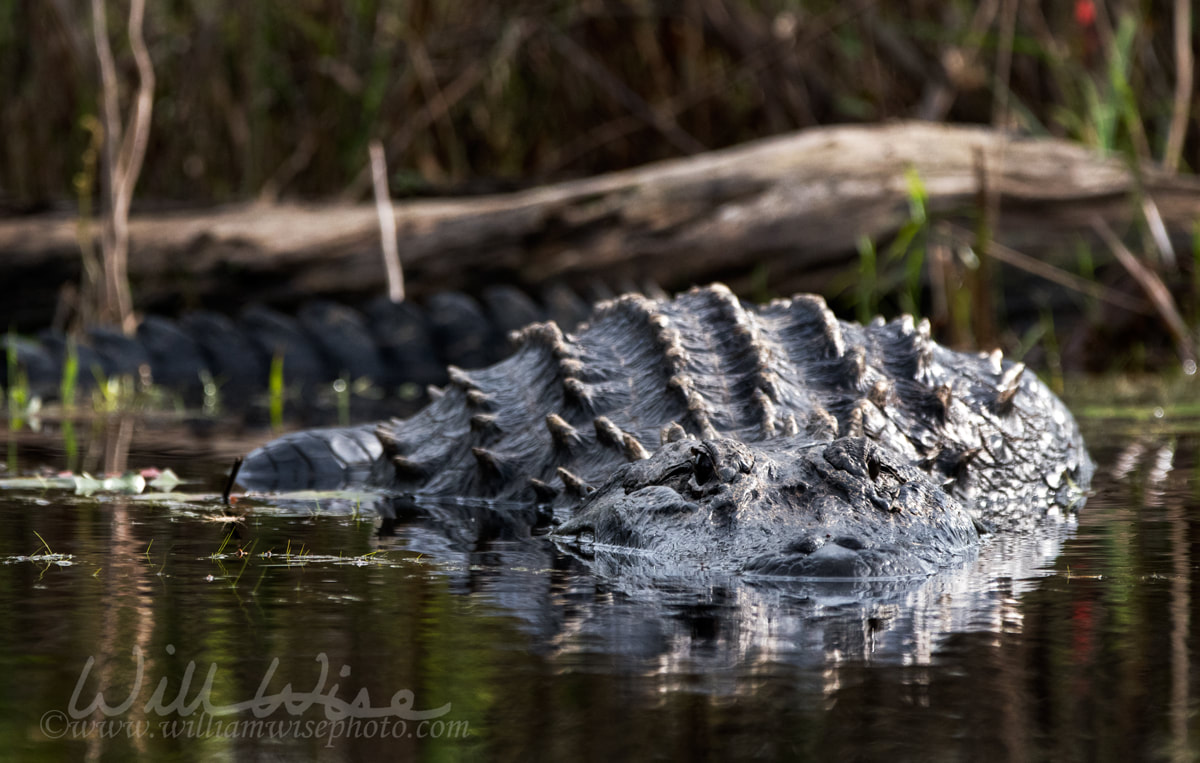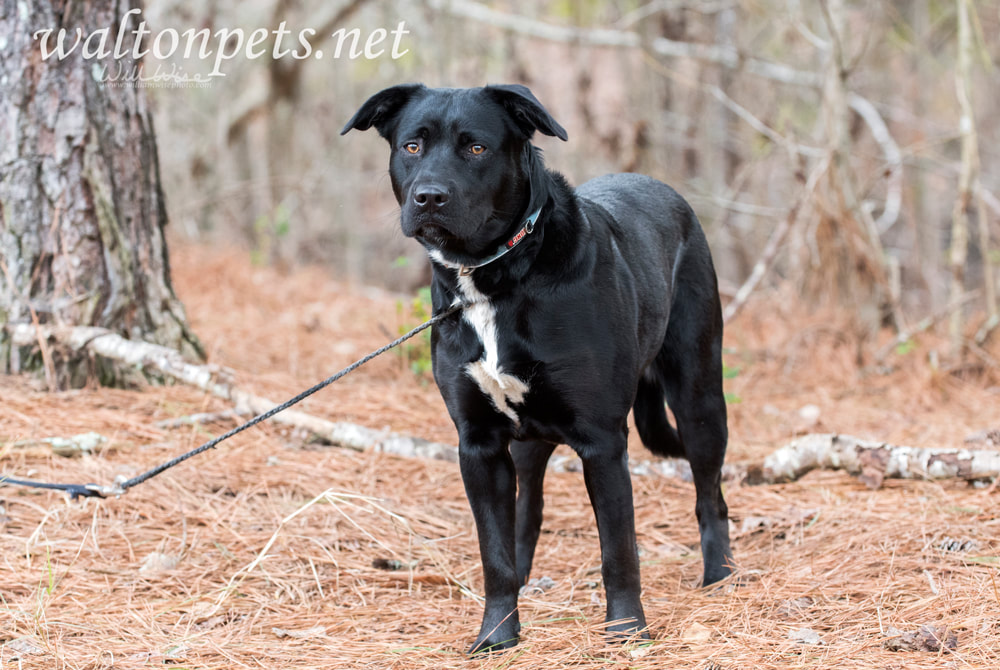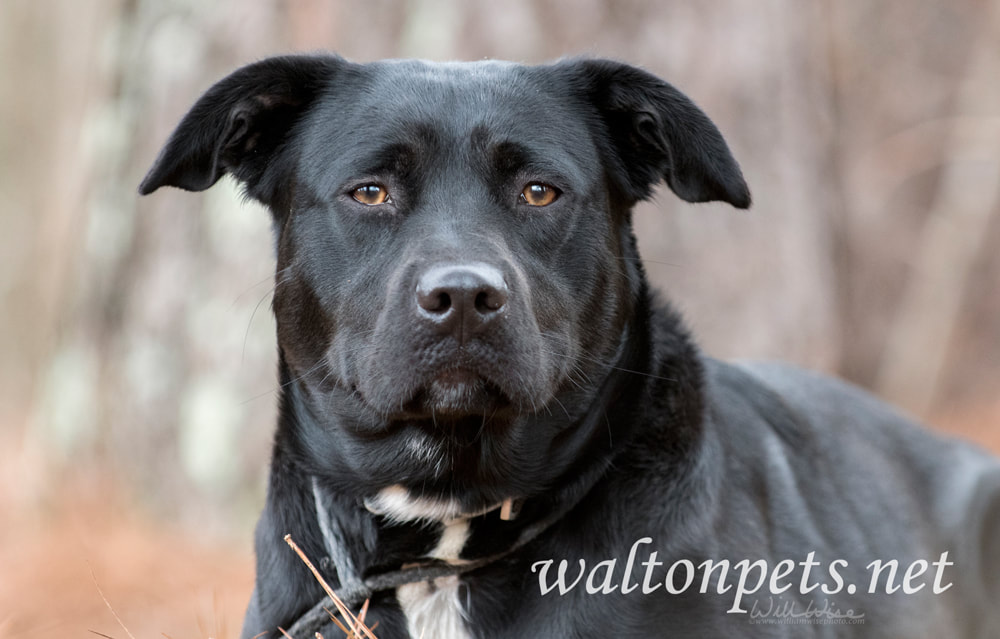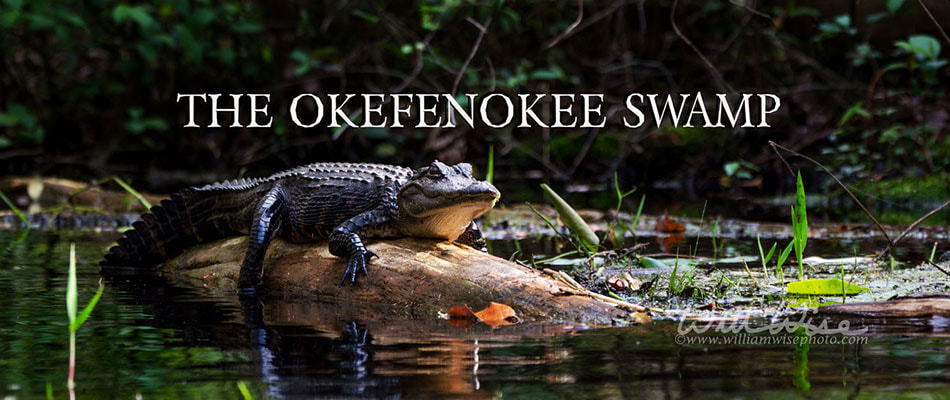
Okefenokee Photography by William Wise. A nature photo journal exploration of Georgia's Okefenokee Swamp, the Land of Trembling Earth, one of the largest blackwater swamps in North America. The alligators, birds, snakes and wildlife of Okefenokee National Wildlife Refuge and Stephen C Foster State Park. -- "What a wildly wonderful world, God! You made it all, with Wisdom at Your side, made earth overflow with your wonderful creations." Psalms 104 The Message
“In a hole in the ground there lived a hobbit.” Wait, that’s already been used. “In a culvert under the road there lived a gator...”
In a roadside ditch between the cabins and the RV campground of the Stephen C Foster State Park in Georgia, a three to four-foot juvenile alligator made his home. Being on the walkway between the campgrounds and the visitor center, he was probably one of the most visited and photographed gators in the park (perhaps besides “Sophie”, the matriarch that has dwelled in the boat launch area for many years).
It’s an easy spot to find: there are metal posts at both sides of the road to mark the culvert for mowers. However, not seeing any fish for food in that roadside gutter, I’m not sure how long he’ll take up residence there. But he was pretty clever in choosing that culvert as a safe place to hide and a safe way to cross the road. But at some point, he’ll grow too big to fit in that little pipe any longer! Because he was such a regular attraction for park visitors, he was pretty tolerant of people walking up for a closer look. On several of our evening walks after paddling the Okefenokee Swamp, my daughter capture some closeup video on her GoPro Hero5. But when he felt threatened enough, he’d shoot like a little rocket into the culvert!
0 Comments

Okefenokee Photography by William Wise. A nature photo journal exploration of Georgia's Okefenokee Swamp, the Land of Trembling Earth, one of the largest blackwater swamps in North America. The alligators, birds, snakes and wildlife of Okefenokee National Wildlife Refuge and Stephen C Foster State Park. -- "What a wildly wonderful world, God! You made it all, with Wisdom at Your side, made earth overflow with your wonderful creations." Psalms 104 The Message
Luke 11:11 If a son shall ask bread of any of you that is a father, will he give him a stone? or if he ask a fish, will he for a fish give him a serpent? 
Agkistrodon piscivorus is a venomous snake, a species of pit viper, found in the southeastern United States. Adults are large and capable of delivering a painful and potentially fatal bite. This is the world's only semiaquatic viper, usually found in or near water, particularly in slow-moving and shallow lakes, streams, and marshes.
Saturday, March 16, 2019 - On the final day of our Okefenokee Swamp canoe trek, my daughter and I came across a nice sized Cottonmouth snake. It was just off the side of the boardwalk of the Trembling Earth trail in Stephen C Foster State Park.
I was amazed how well hidden it was, camouflaged in his brown and black colors that matched the sticks, branches and leaf litter of the swamp. In fact, I would never have spotted it if another hiker hadn’t pointed it out. It was just six feet off the side of the boardwalk and there is no telling how many people just walked on by oblivious of its presence. After taking a few still shots with my telephoto lens, my daughter wanted some footage with her GoPro camera. Being a bit too far away for a decent video with such a wide-angle camera, I had to make a decison. What good father wouldn’t oblige his daughter? So I jumped off the boardwalk, found a branch, fished the venomous reptile out of the tannin stained waters and tossed him up on the boardwalk at my daughter’s feet!  Okefenokee Photography by William Wise. A nature photo journal exploration of Georgia's Okefenokee Swamp, the Land of Trembling Earth, one of the largest blackwater swamps in North America. The alligators, birds, snakes and wildlife of Okefenokee National Wildlife Refuge and Stephen C Foster State Park. -- "What a wildly wonderful world, God! You made it all, with Wisdom at Your side, made earth overflow with your wonderful creations." Psalms 104 The Message 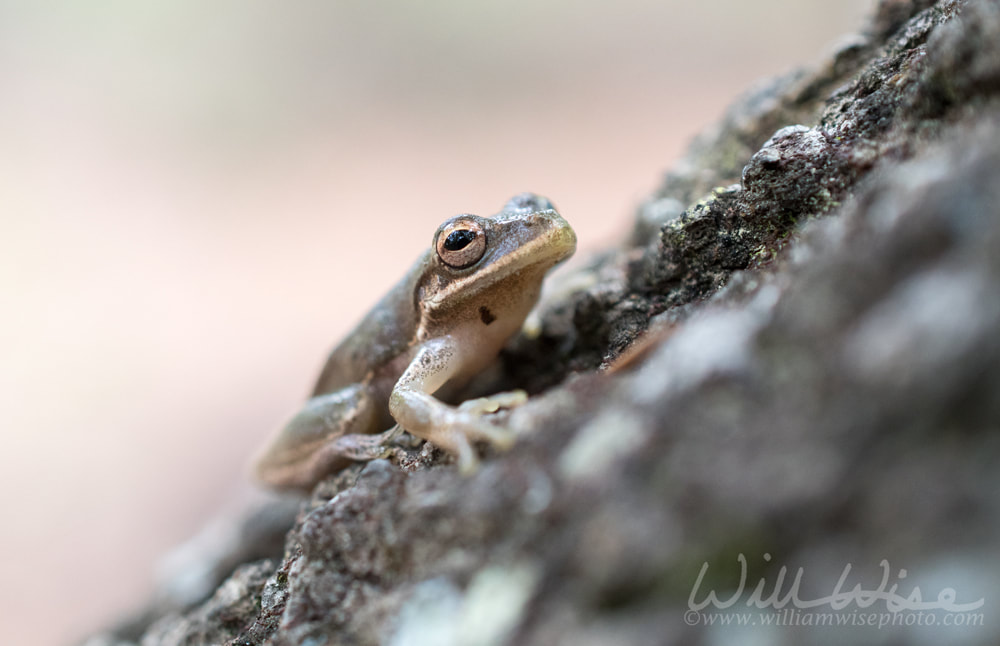 Macro photography of a Squirrel Tree Frog, Hyla squirella, climbing a tree in the Okefenokee Swamp National Wildlife Refuge, Georgia. Stephen C Foster Georgia State Park campground. Shot with 40mm macro lens. The squirrel tree frog Hyla squirella is a small species of tree frog found in the southeastern United States, from Texas to Virginia. An excerpt from Suwannee River, Strange Green Land by Cecile Hulse Matschat, 1938. "In the evening, or after a warm rain, the frog orchestra turns out in full force. Each species has its own peculiar song and pitch; and much of the really primitive folk music of Okefenokee is borrowed from its frogs and toads. The swampers call the frog music the Song of the Okefenokee and imitate it in their signal calls, and in the songs without words that they sing in long hours of poling down the runs." Cecile Matschat’s work, published in 1938 by the Literary Guild of America, is full of colorful stories of the Swampers that lived in the Okefenokee, exciting folklore encounters with bear, boar and cannibal alligators, as well as scientific descriptions of the flora and fauna of the great swamp. It a worthwhile purchase if you come across a used copy of this collectible out-of-print treasure of Okefenokee literature. 
Okefenokee Photography by William Wise. A nature photo journal exploration of Georgia's Okefenokee Swamp, the Land of Trembling Earth, one of the largest blackwater swamps in North America. The alligators, birds, snakes and wildlife of Okefenokee National Wildlife Refuge and Stephen C Foster State Park. -- "What a wildly wonderful world, God! You made it all, with Wisdom at Your side, made earth overflow with your wonderful creations." Psalms 104 The Message
On day three of our Okefenokee Swamp canoe trip, we came across a unique alligator. This big gator was missing the end of its upper snout. I suppose it could have been born with a deformity, but I guess it was injured in a fight with another gator. Its nostrils were missing and a good bit of scar tissue was built up along the edge. Several of the bottom teeth were missing as well.
American Alligator, Alligator mississippiensis
As it was sunning on a log, we pushed our canoe up for some closer photos. But as we crossed his comfort zone he retreated into the water. We saw it again later in the day as we were paddling back to our camp at the Stephen C Foster State Park campground.
As we paddled on about 2.4 miles upstream on Big Water lake, we came across another gator with some battle injuries. It too was missing a small portion of his upper lip. It wasn't until I was back home and editing my photos that I noticed its entire front right foot was missing!
 Okefenokee Photography by William Wise. A nature photo journal exploration of Georgia's Okefenokee Swamp, the Land of Trembling Earth, one of the largest blackwater swamps in North America. The alligators, birds, snakes and wildlife of Okefenokee National Wildlife Refuge and Stephen C Foster State Park. -- "What a wildly wonderful world, God! You made it all, with Wisdom at Your side, made earth overflow with your wonderful creations." Psalms 104 The Message From naturalist Francis Harper’s journal during his first visit to the Okefenokee Swamp; May 1912.

Okefenokee Photography by William Wise. A nature photo journal exploration of Georgia's Okefenokee Swamp, the Land of Trembling Earth, one of the largest blackwater swamps in North America. The alligators, birds, snakes and wildlife of Okefenokee National Wildlife Refuge and Stephen C Foster State Park. -- "What a wildly wonderful world, God! You made it all, with Wisdom at Your side, made earth overflow with your wonderful creations." Psalms 104 The Message
Close up photography of an Okefenokee Alligator making a big splash!

Okefenokee Photography by William Wise. A nature photo journal exploration of Georgia's Okefenokee Swamp, the Land of Trembling Earth, one of the largest blackwater swamps in North America. The alligators, birds, snakes and wildlife of Okefenokee National Wildlife Refuge and Stephen C Foster State Park. -- "What a wildly wonderful world, God! You made it all, with Wisdom at Your side, made earth overflow with your wonderful creations." Psalms 104 The Message
Why come to the Okefenokee Swamp? Gators galore! Other than a zoo, I haven't been to another spot where there are so many alligators and so many opportunities for close up photography in the wild. Alligators of all sizes lie everywhere about this majestic swamp!
Often, I return home with hundreds of usable alligator photos and footage. It is hard to decide what to delete, so I keep them all! Each gator has its own personality when you sit and watch them closely enough. 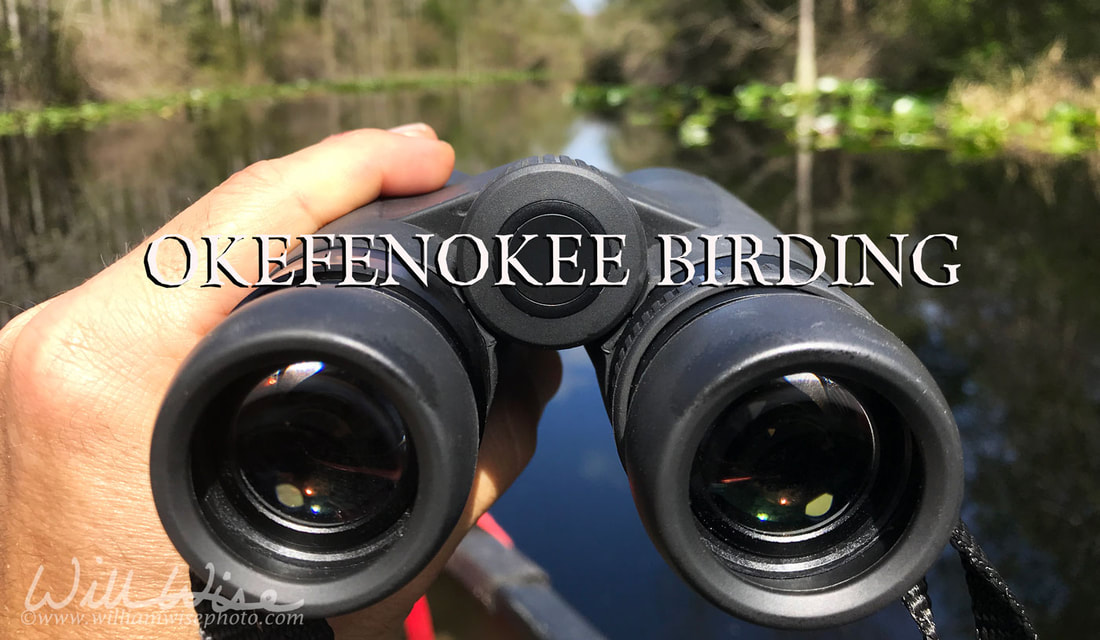 Okefenokee Photography by William Wise. A nature photo journal exploration of Georgia's Okefenokee Swamp, the Land of Trembling Earth, one of the largest blackwater swamps in North America. The alligators, birds, snakes and wildlife of Okefenokee National Wildlife Refuge and Stephen C Foster State Park. -- "What a wildly wonderful world, God! You made it all, with Wisdom at Your side, made earth overflow with your wonderful creations." Psalms 104 The Message 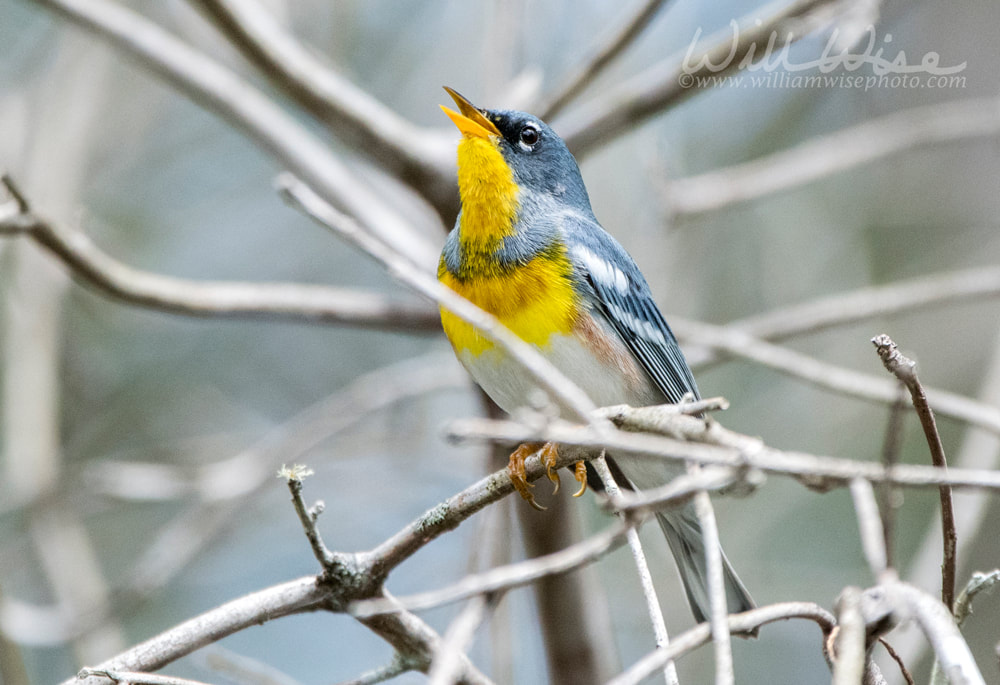 The Northern Parula was by far the most abundant and most vocal bird during our four day Okefenokee Trip. Once I learned which bird went with their distinct call, I realized they were everywhere! The northern parula, Setophaga americana, is a small warbler. It breeds in eastern North America. Okefenokee swamp National Wildlife Refuge between Minnie Lake and Big Water. March 14, 2019. Birds and reptiles! Large wading birds and huge reptiles of the order Crocodilia! That is what the Okefenokee is all about. It's a wildlife photographer's dream! 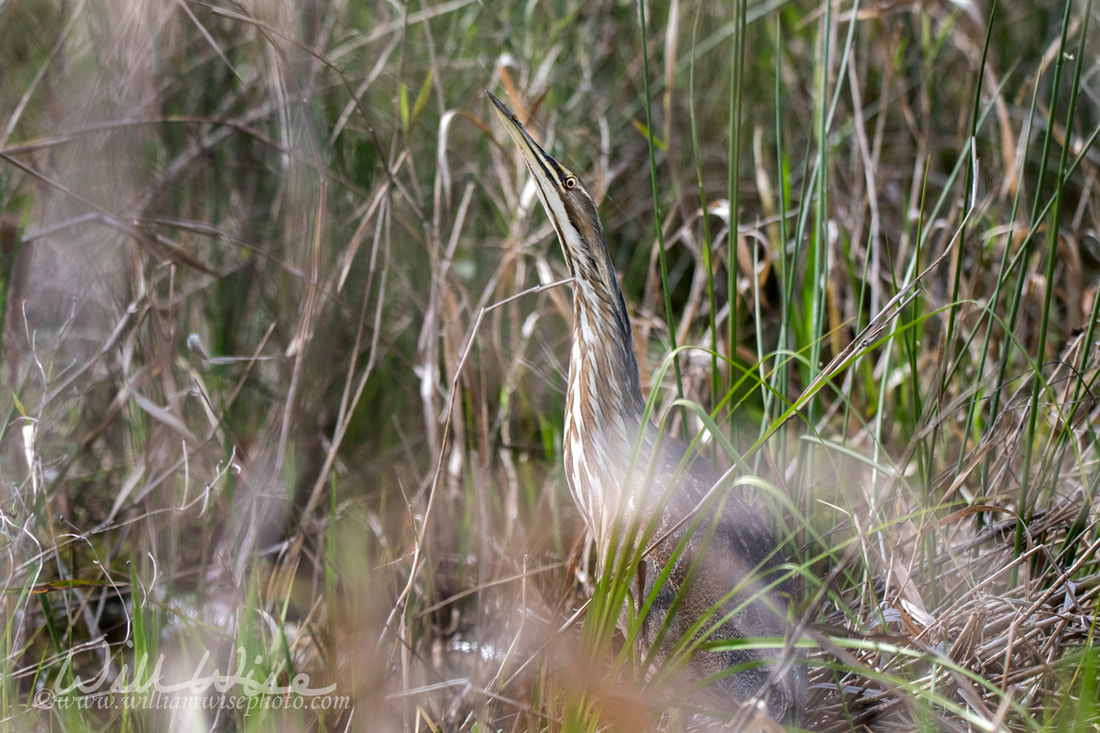 American Bittern camouflage in marsh grasses in the Okefenokee Swamp National Wildlife Refuge in Georgia, Stephen C Foster State Park. The American bittern Botaurus lentiginosus is a species of wading bird in the heron family.It is a well-camouflaged, solitary brown bird that unobtrusively inhabits marshes and the coarse vegetation at the edge of lakes and ponds. I was a bit surprised that the birding didn't seem as good this year as has it had been in the past. In 2017, there were Little Blue Herons, both white and blue, Great Egrets and Double Crested Cormorants everywhere. I recall eBird telling me to double check my lists as the counts seemed too high! So perhaps this year was normal, and 2017 was higher than normal. Nevertheless, we did encounter several birds throughout our trip.  New for me on this year's paddling excursion was my new pair of Zeiss Conquest HD binoculars that I bought from Redstart Birding last month. I clipped the strap to my canoe seat with a carabiner just in case. At times it was a pain to swap back and forth between my camera and the binoculars, but the clarity and the field of view with the Zeiss optics was unbeatable! It was much easier to locate the birds and wildlife with the binoculars, switch and fire away with the Nikon D500, and then go back to the Zeiss once the shot was captured. I enjoyed watching the quirky behavior of the Parulas through the binoculars.  Okefenokee Photography by William Wise. A nature photo journal exploration of Georgia's Okefenokee Swamp, the Land of Trembling Earth, one of the largest blackwater swamps in North America. The alligators, birds, snakes and wildlife of Okefenokee National Wildlife Refuge and Stephen C Foster State Park. -- "What a wildly wonderful world, God! You made it all, with Wisdom at Your side, made earth overflow with your wonderful creations." Psalms 104 The Message An excerpt from William Bartram's Travels, published in 1791.
William Bartram was a botantist, artist, and nature writer that explored the southeastern United States around the time of the American Revolution (1773-1776). He was a scientist, creationist and Christian that gave glory to the Author for all the wonderful works he observed and documented in his book, Travels Through North and South Carolina, Georgia, East and West Florida. 
Okefenokee Photography by William Wise. A nature photo journal exploration of Georgia's Okefenokee Swamp, the Land of Trembling Earth, one of the largest blackwater swamps in North America. The alligators, birds, snakes and wildlife of Okefenokee National Wildlife Refuge and Stephen C Foster State Park. -- "What a wildly wonderful world, God! You made it all, with Wisdom at Your side, made earth overflow with your wonderful creations." Psalms 104 The Message
My daughter has always been the captain of our canoe. She sits in the stern and controls the trolling motor while I photograph all the critters. But last Christmas she got a GoPro camera, and it came with us to the swamp.
Over the course of this four day trip, she collected some great footage and made a video of her own. I really enjoyed seeing some of the clips that she produced and wove some together with my still photos. Here is one of the gator we encountered on our 2019 paddling trip. It was a medium-sized gator basking on a floating peat mat on Billy’s Lake, just up from the Stephen C. Foster State Park canal.  Okefenokee Photography by William Wise. A nature photo journal exploration of Georgia's Okefenokee Swamp, the Land of Trembling Earth, one of the largest blackwater swamps in North America. The alligators, birds, snakes and wildlife of Okefenokee National Wildlife Refuge and Stephen C Foster State Park. -- "What a wildly wonderful world, God! You made it all, with Wisdom at Your side, made earth overflow with your wonderful creations." Psalms 104 The Message  A Pileated Woodpecker behind a tree on the Trembling Earth trail boardwalk at the Stephen C Foster Georgia State Park. Okefenokee swamp National Wildlife Refuge. The pileated woodpecker, Dryocopus pileatus, is a large woodpecker native to North America. Wednesday, March 13, 2019 at 6:52 PM. (©www.williamwisephoto #201903047_DT142928589) A loud call breaks the warm, still afternoon air. “Are there monkeys in the Okefenokee Swamp?”, my young daughter asks. “No. That’s a bird”, I tell her. “Watch over there.” In a moment, a flaming red crest appears from behind the trunk of the tree, peering in our direction as it searches another soft spot in the bark to hunt for an insect meal.
“The Pileated Woodpecker is one of the biggest, most striking forest birds on the continent. It’s nearly the size of a crow, black with bold white stripes down the neck and a flaming-red crest” says Cornell’s wonderful website. I’ve come across several Pileated Woodpeckers in the Okefenokee Swamp in Georgia; more often hearing them than seeing them. But a few in particular have given me the privilege of a swamp photo session!  Okefenokee Photography by William Wise. A nature photo journal exploration of Georgia's Okefenokee Swamp, the Land of Trembling Earth, one of the largest blackwater swamps in North America. The alligators, birds, snakes and wildlife of Okefenokee National Wildlife Refuge and Stephen C Foster State Park. -- "What a wildly wonderful world, God! You made it all, with Wisdom at Your side, made earth overflow with your wonderful creations." Psalms 104 The Message In 1875, The Atlanta Constitution published the dramatic headline: “We now announce to our readers, and the people of Georgia, that we are fitting up an expedition for a complete and thorough exploration of Okefinokee. The full details of the plan and expedition will be published soon – if they come out alive.” Over the next months, the paper released many exciting stories from the Okefenokee Swamp. Here is an excerpt from May 25, 1875:
 Creation Speaks is a Biblical teaching ministry that uses nature writing and photography to glorify our Creator and teach the truth of creation. “But ask the animals, and they will teach you, or the birds in the sky, and they will tell you; or speak to the earth, and it will teach you, or let the fish in the sea inform you. Which of all these does not know that the hand of the Lord has done this?" Job 12:7-9 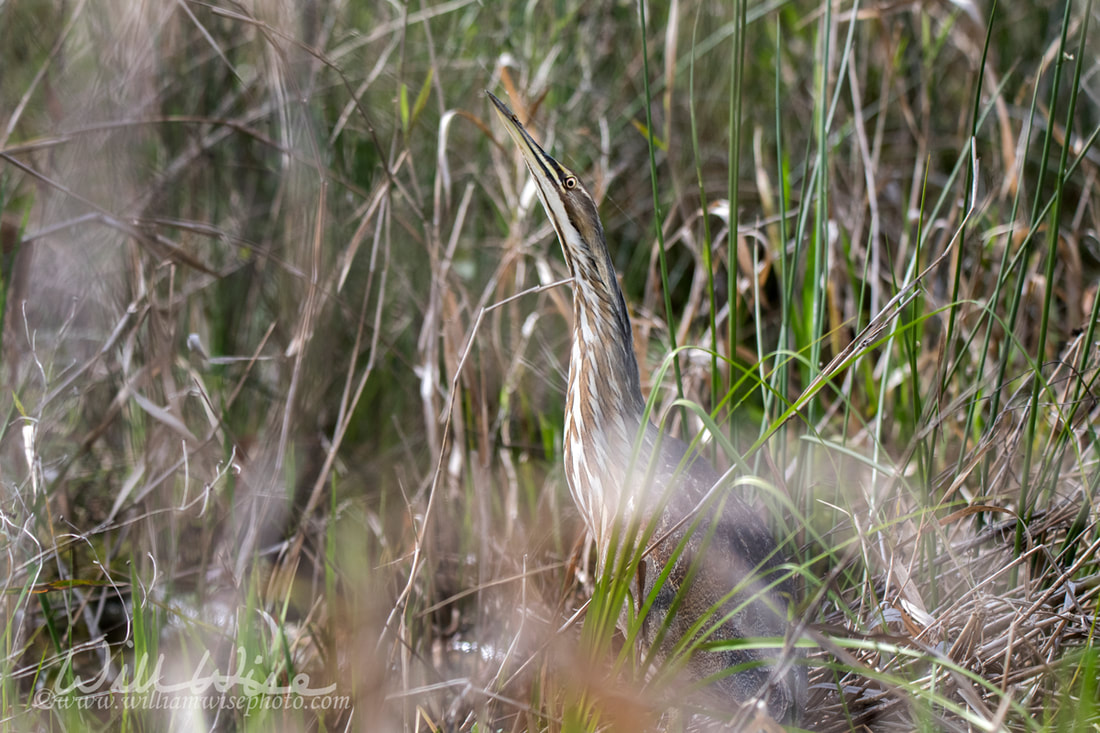 March 13, 2019 - An American Bittern camouflaged in marsh grasses in the Okefenokee Swamp National Wildlife Refuge in Georgia; Stephen C Foster State Park. The American bittern , Botaurus lentiginosus, is a species of wading bird in the heron family.It is a well-camouflaged, solitary brown bird that unobtrusively inhabits marshes and the coarse vegetation at the edge of lakes and ponds. "Since earliest times men have seen the earth and sky and all God made, and have known of his existence and great eternal power." Romans 1:20, The Living Bible My daughter and I were only ten minutes into a four day canoe trip through the Okefenokee Swamp in Georgia and already we had missed something. As we were paddling up the channel to Billy’s Lake from the Stephen C. Foster State Park boat ramp, we pulled to the side to let a tourist-laden pontoon boat pass by. As they went by, the naturalist on board pointed out an American Bittern camouflaged in the marsh grasses. We had paddled right past it, hidden in plain sight! But we can’t be blamed. Even one prominent ornithology website says, “You'll need sharp eyes to catch sight of an American Bittern. This streaky, brown and buff heron can materialize among the reeds, and disappear as quickly, especially when striking a concealment pose with neck stretched and bill pointed skyward” (i). With his bill pointed upward, he blends in perfectly with the tall brown grasses that line the water’s edge. Again, perfectly hidden in plain sight.
But why don’t we see them? In part, we are blinded by an outside force. The Bible states that, “the god of this world hath blinded the minds of them which believe not, lest the light of the glorious gospel of Christ” (2 Corinthians 4:4). And we are also blinded by our own internal biases against the Bible that cause us not to see the evidence of God in creation. When speaking of the past creation and future destruction of this world, Peter wrote, “For this they willingly are ignorant of, that by the word of God the heavens were of old, and the earth standing out of the water and in the water.” (2 Peter 3:5). Even though my daughter and I paddled right by that Bittern and didn’t recognize his presence, he was still there. He was just hidden in plain sight and merely needed to be pointed out to us. For twenty years, I paddled right through life not noticing Christ. But when someone pointed Him out on December 1, 1993, I realized He was there all along, hidden in plain sight and the overwhelming evidence became more and more obvious. i. https://www.allaboutbirds.org/guide/American_Bittern/overview  Okefenokee Photography by William Wise. A nature photo journal exploration of Georgia's Okefenokee Swamp, the Land of Trembling Earth, one of the largest blackwater swamps in North America. The alligators, birds, snakes and wildlife of Okefenokee National Wildlife Refuge and Stephen C Foster State Park. -- "What a wildly wonderful world, God! You made it all, with Wisdom at Your side, made earth overflow with your wonderful creations." Psalms 104 The Message Psalm 148:7 Praise the LORD from the earth, ye dragons, and all deeps: With only an occasional, gentle stroke, our canoe glides easily across the surface of Billy’s Lake in the Okefenokee Swamp. The morning air is still, the water smooth, the entire scene quiet and meditative. From a bit further up the lake, echoing across the water, comes a deep rumble. A second time, the rumble breaks the still air, this time followed by another on our left bank. We stiffen in an attentive hush. Hearing the rumble again, I whisper to my daughter, “The bull gators are bellowing.” What a sound! You hear it, not only with your ears, but with your entire body. Never will you forget those intense, guttural moanings. The dragons of the deep were roaring. This is swamp!
Allie was a Labrador mix picked up stray by a Walton County Animal Control officer in Georgia on February 26, 2019. She was rescued on March 11, 2019 by Washington Wilkes DAWGS Rescue!
|
Categories
All
Archives
September 2025
|
|
All content is ©williamwisephoto.com. Please don't steal images. My images are available at dreamstime.com. Stock sales go into the shelter photography program.
|
In December 1993 I came to know the Designer and Creator of this wonderful planet and its creatures: Jesus Christ.
|
Donations help support the animal shelter adoption photography equipment and adoption website hosting and domain fees. Thanks for your support!
|
